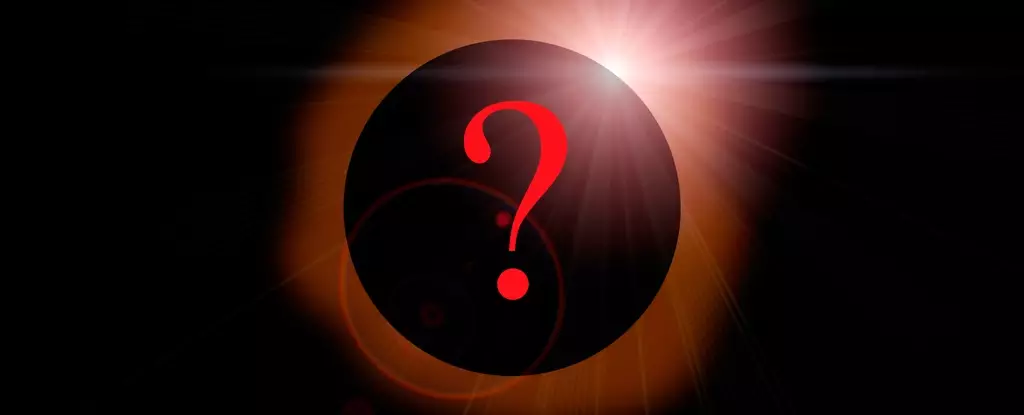Our Solar System is a vast expanse filled with numerous objects, ranging from planets and moons to comets and asteroids. Over the years, astronomers have made remarkable discoveries, including the identification of all eight main planets by 1846. However, the exploration didn’t stop there. In the past century, astronomers have unearthed smaller distant bodies known as dwarf planets, leading to the reclassification of Pluto. These findings have sparked curiosity and speculation about the existence of additional celestial bodies lurking in the outer reaches of our Solar System.
The search for a ninth planet, often referred to as “Planet Nine” or “Planet X,” has captivated astronomers worldwide. The rationale behind this intense quest lies in the fundamental structure of our Solar System. Every object within our Solar System orbits around the Sun, adhering to the laws of gravity. Gravity, a force determined by an object’s mass, plays a critical role in the movements of celestial bodies. The gravitational pull exerted by massive objects like planets influences the orbits of surrounding objects, including moons and asteroids. Thus, the absence of a significant gravitational presence in the outer Solar System raises intriguing questions and prompts the search for Planet Nine.
To unravel the mystery of Planet Nine, astronomers have scrutinized the orbits of distant dwarf planets beyond Pluto. These objects exhibit peculiar characteristics, such as large elliptical orbits, clustering, and inclinations distinct from the rest of the Solar System. Computer simulations have revealed that the gravitational forces required to account for these orbit patterns suggest the presence of a massive planet at least ten times the mass of Earth. The implications of such a discovery are profound, hinting at the existence of an undiscovered celestial body shaping the dynamics of our Solar System.
Confirming the existence of Planet Nine presents a formidable challenge for scientists. Despite extensive efforts and technological advancements, detecting a faint and distant planet like Planet Nine remains elusive. The current estimates place Planet Nine at least 20 times farther from the Sun than Neptune, making it exceptionally challenging to observe. Scientists rely on the reflection of sunlight on the planet’s surface, akin to how the Moon shines in the night sky. However, due to its extreme distance, Planet Nine appears faint and elusive, evading even the most sophisticated telescopes on Earth.
Despite the obstacles in detecting Planet Nine, hope remains in the ongoing advancements in astronomical technology. The upcoming decade promises the launch of new telescopes and sky surveys that may enhance our ability to validate or debunk the existence of Planet Nine. These endeavors hold the potential to unveil the mysteries of our Solar System’s outer realms and shed light on the enigmatic presence of a hidden planet shaping the cosmic dance of celestial bodies. As we embark on this quest for discovery, the pursuit of Planet Nine stands as a testament to our insatiable curiosity and relentless drive to unravel the secrets of the universe.


Leave a Reply